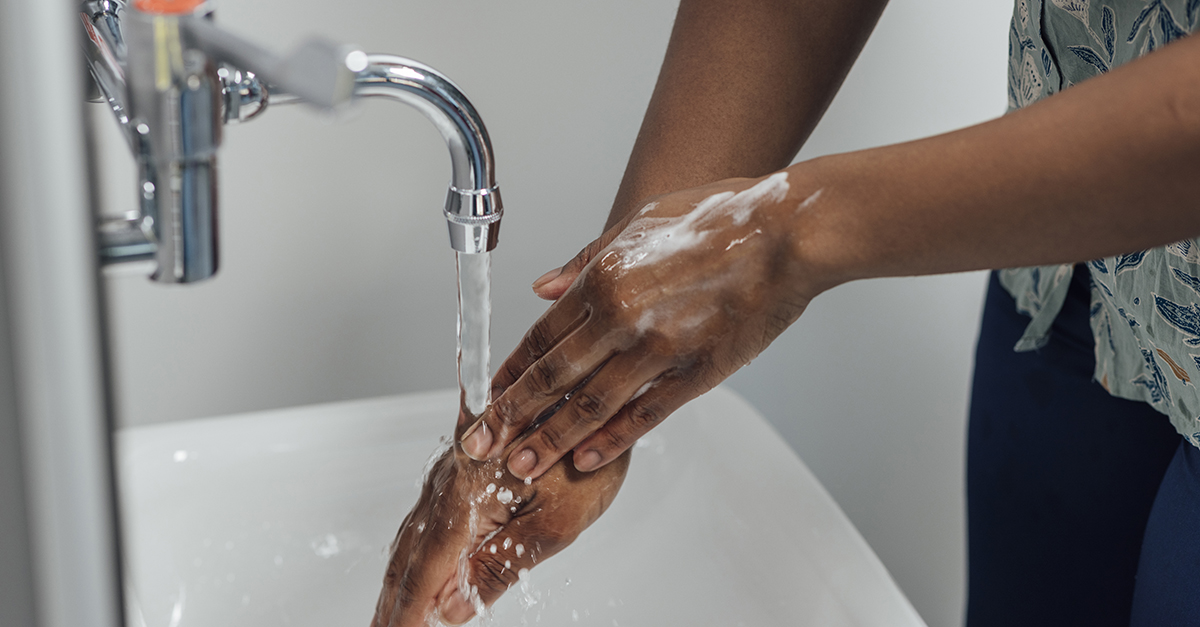CMM spoke with Gregory Gardner, director of environmental services (EVS) at a Georgia hospital, about handwashing challenges in healthcare facilities.
How long have you been working in EVS?
Gregory Gardner: I have worked in environmental services for 15 years. I am currently the director of EVS at Memorial Hospital & Manor in Bainbridge, Georgia.
What is your facility’s most significant challenge with hand hygiene?
Gardner: Proper hand hygiene is not consistently practiced among hospital staff and visitors.
How often do you recommend that EVS workers wash their hands?
Gardner: As often as possible. Ideally, we should wash our hands when switching from one task to another and moving from one facility area to another, even when wearing gloves. Gloves are
porous, so washing your hands is the best way to ensure you remove contaminants from them.
What are the biggest obstacles to handwashing?
Gardner: The biggest obstacle is workers’ mindsets. People are in too much of a rush and do not think handwashing is necessary. Generally, a lack of handwashing facilities is not a problem;
there are more than enough sinks available.
What are your protocols for wearing disposable gloves?
Gardner: Under the standard precaution, you should assume everything is dirty and always wear gloves, unless otherwise posted. EVS staff must always wear gloves when working with chemicals.
What are the most common handwashing mistakes among EVS workers?
Gardner: I see workers not washing their hands long enough, and not cleaning their nails, the back of their hands, wrists, or between their fingers.
Is hand sanitizer ever a good substitute for handwashing?
Gardner: In between handwashing, we should use alcohol-based hand sanitizer until we can get to a sink. The exception is when dealing with super bugs like C. difficile. In those cases, hand sanitizer is not an adequate substitute for handwashing with soap and water.




